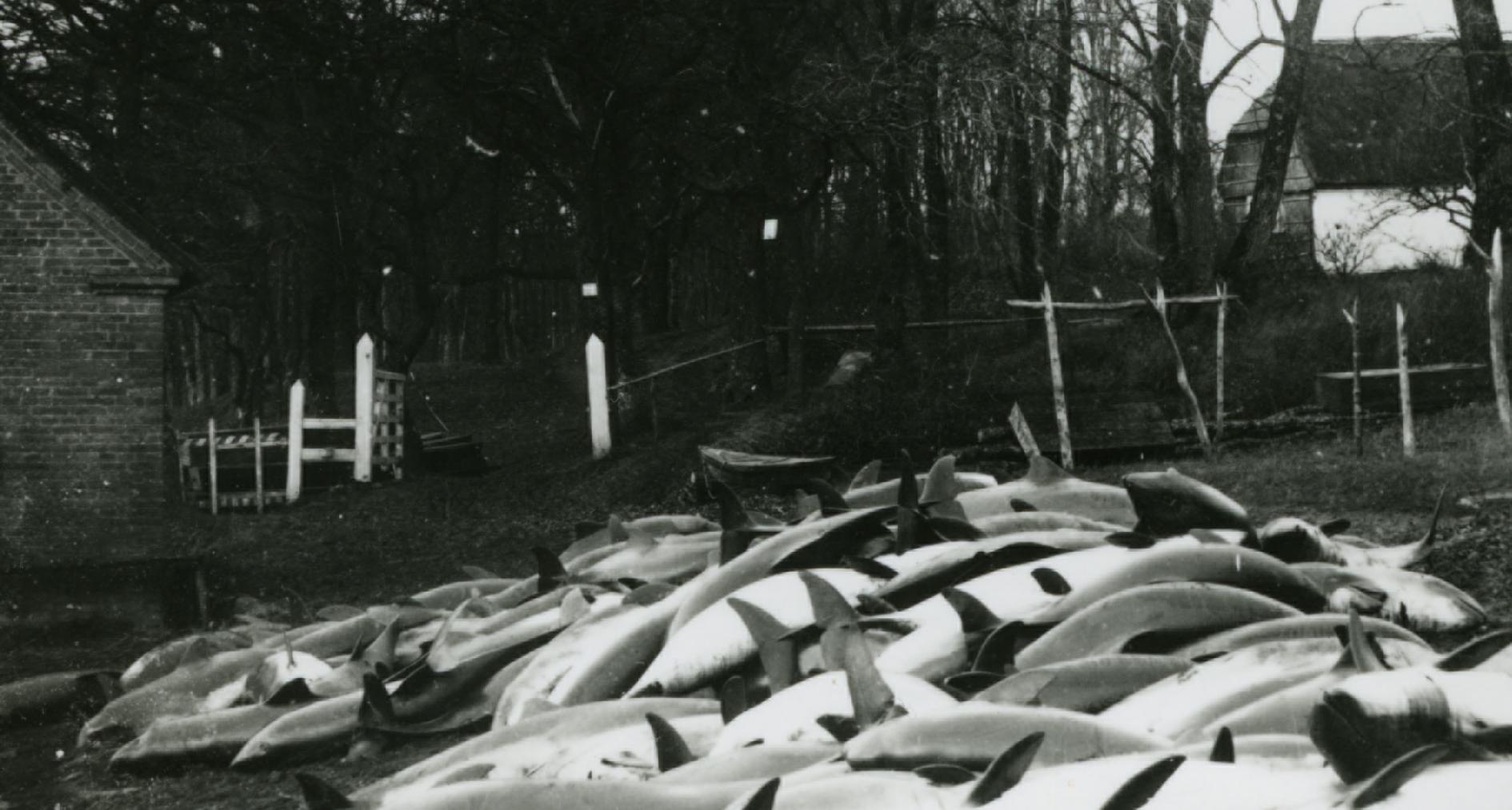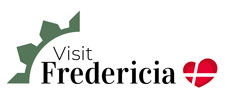Experience the Exciting Cultural History of Naturpark Lillebælt
The Little Belt’s Cultural Heritage
Water has always connected humans, as opposed to land, which traditionally has separated humans. Denmark is, and has always been, a seafaring nation due to its aquatic transportation routes. The history of the Little Belt area, shows that the Little Belt has not separated Funen and Jutland, but rather tied them together. The Little Belt’s coastal area is a cultural landscape, where past and present peasants, magnates, officials, politicians, kings, and warriors, have affected the nature and put their physical marks on the landscape.
Immerse yourself into the Little Belts exciting cultural history on this page, or get out into the countryside and go exploring with our cultural historic trails – a collaboration with the museums in the nature park.
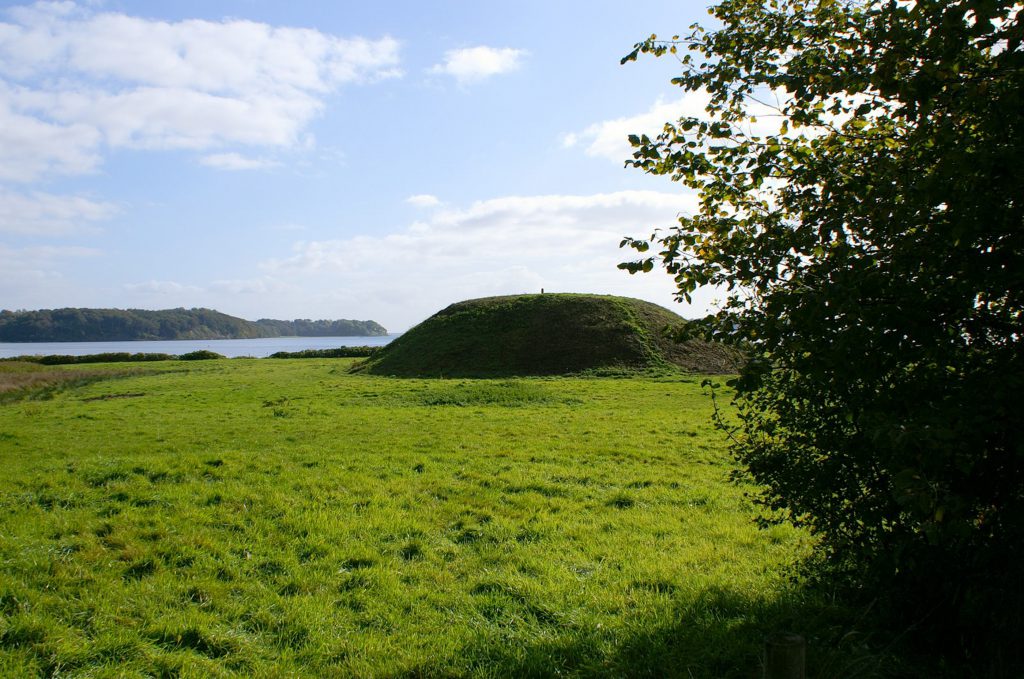
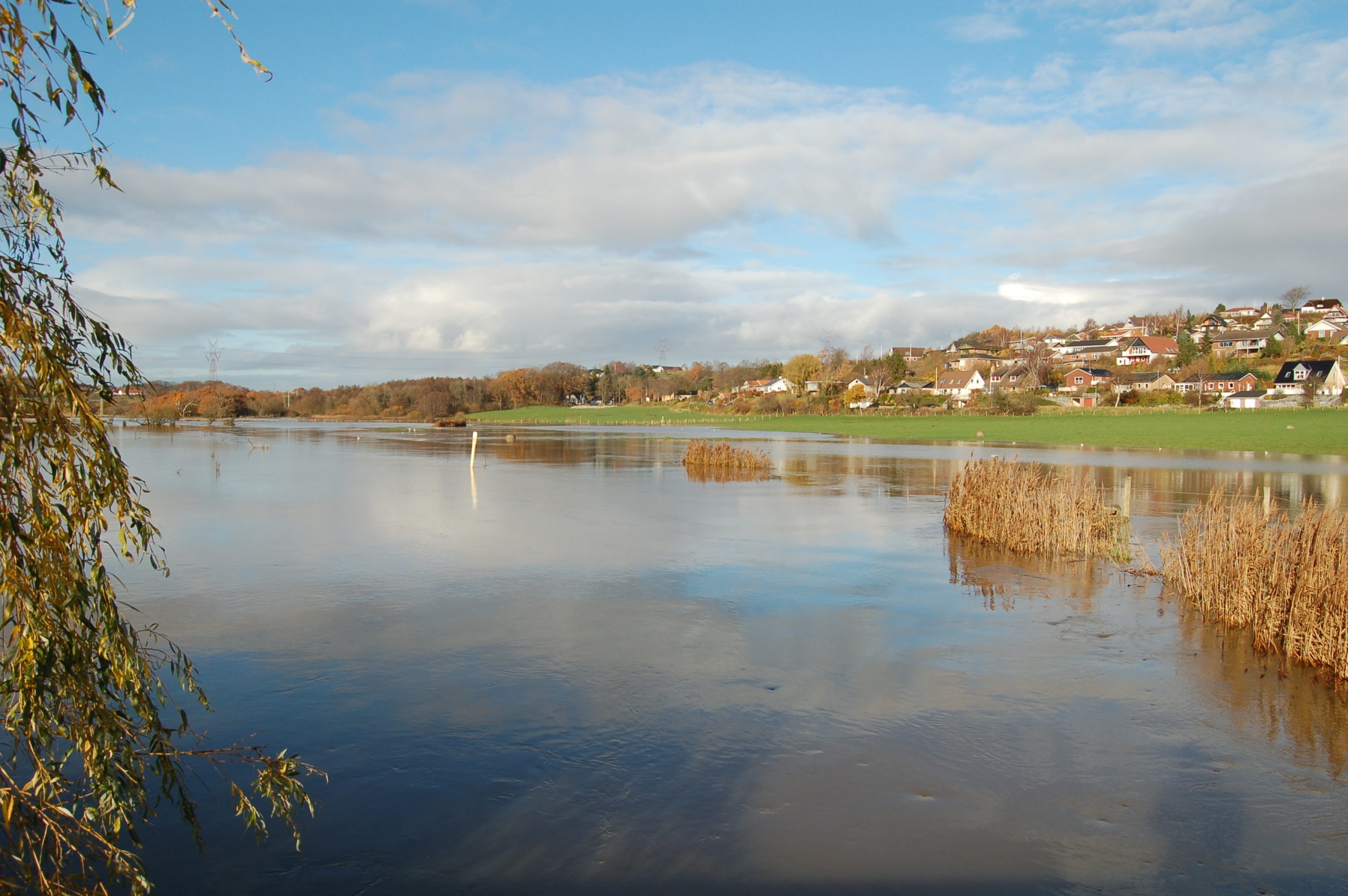
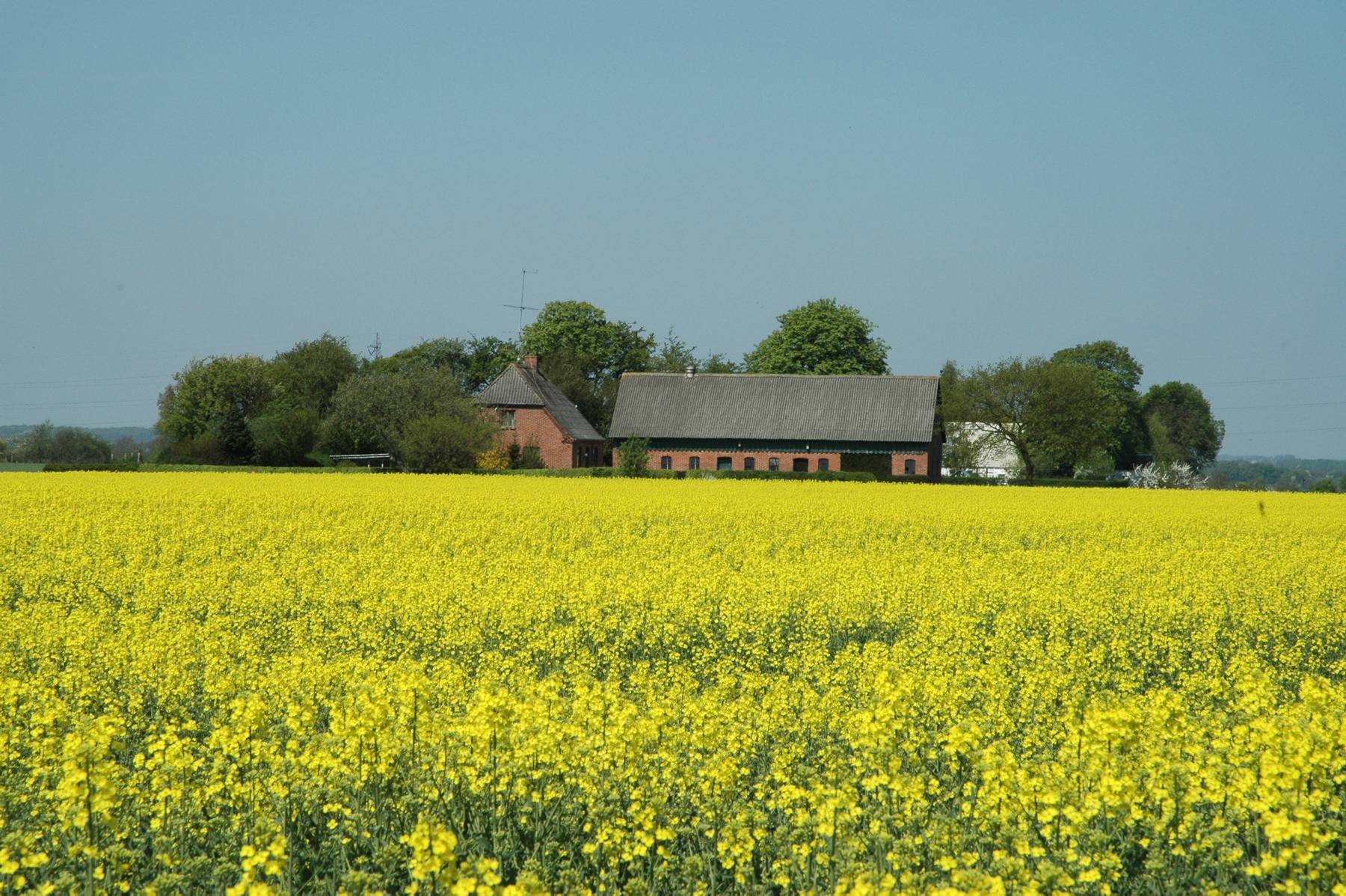
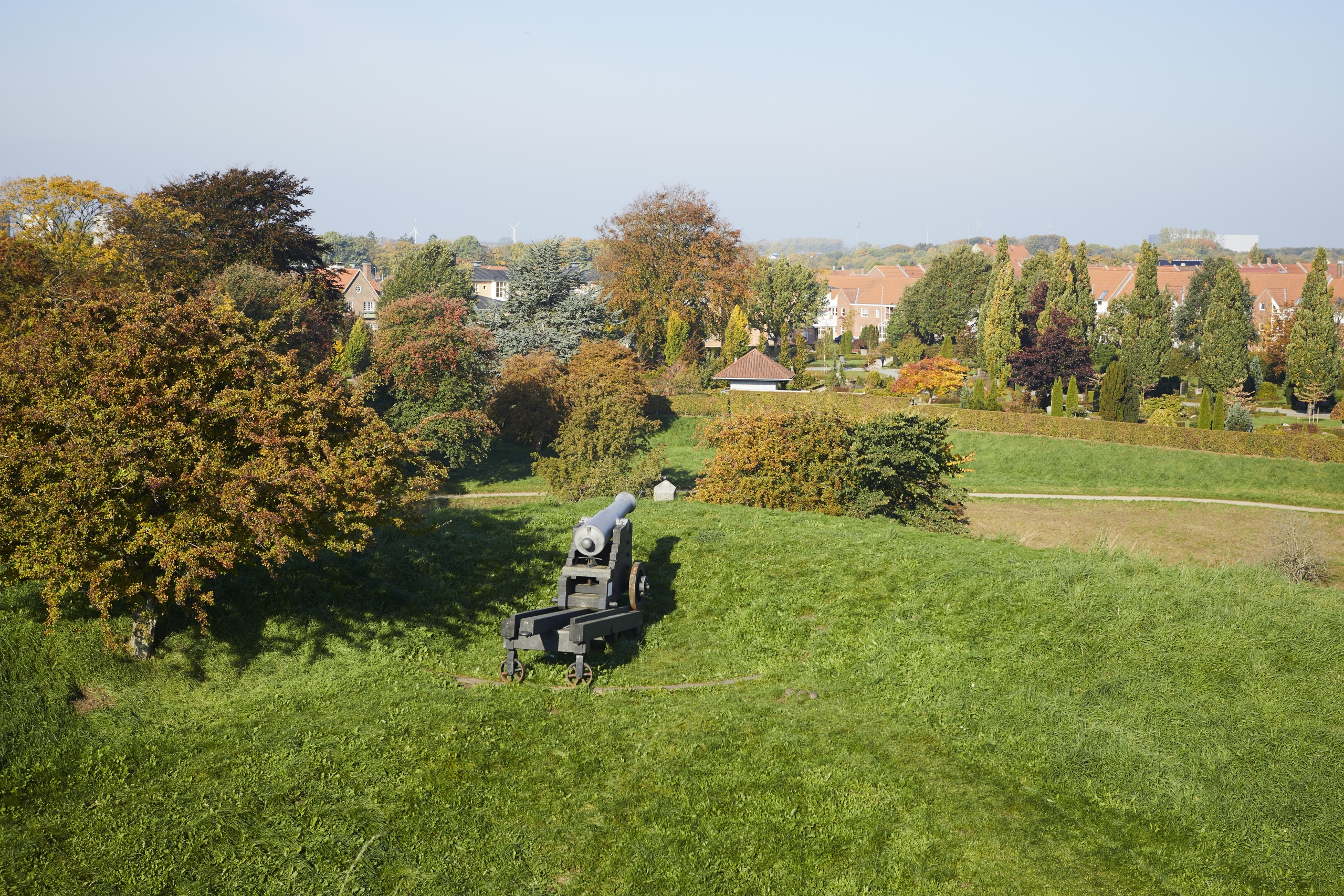
Prehistoric Times
The Little Belt is archaeologically speaking an important area and contains many registered findings from the past and human activity on both sides of the strait.
A considerable reason for having settled here in prehistoric times, is the opportunity to utilise the resources of the sea.
Today, part of the oldest Stone Age settlements are under water due to the great rise of the sea approximately 6000 years ago. We have knowledge of several large settlements with exceptional preservation conditions on both sides of the strait.
After the sea rising, the area was still resource filled, which is clearly visible in the numerous findings from the past that covers many different types, from numerous findings of flint tools from the Stone Age over sacrificial findings from the Bronze Age, shell heaps from the Stone Age and the Iron Age, and to the fishing camps from the Middle Ages – and that is just a little excerpt of the many findings. Archaeological findings from multiple periods on Western Funen show characteristic details, which point more towards a connection to Jutland than to Eastern Funen. Among other things, this refers to the building tradition in the Neolithic period and the Pre-Roman Iron Age.
As the state of preservation of the remains of the past varies, it is important to have collective knowledge of the conditions of the findings from the past. This will make it possible to highlight, protect, and facilitate the findings from the past.
There will without a doubt be many more findings from the past in the area and here it would be desirable to conduct a breakdown of the landscape in order to register new remains of the past, as the registration of a find is crucial in order to preserve and facilitate it.
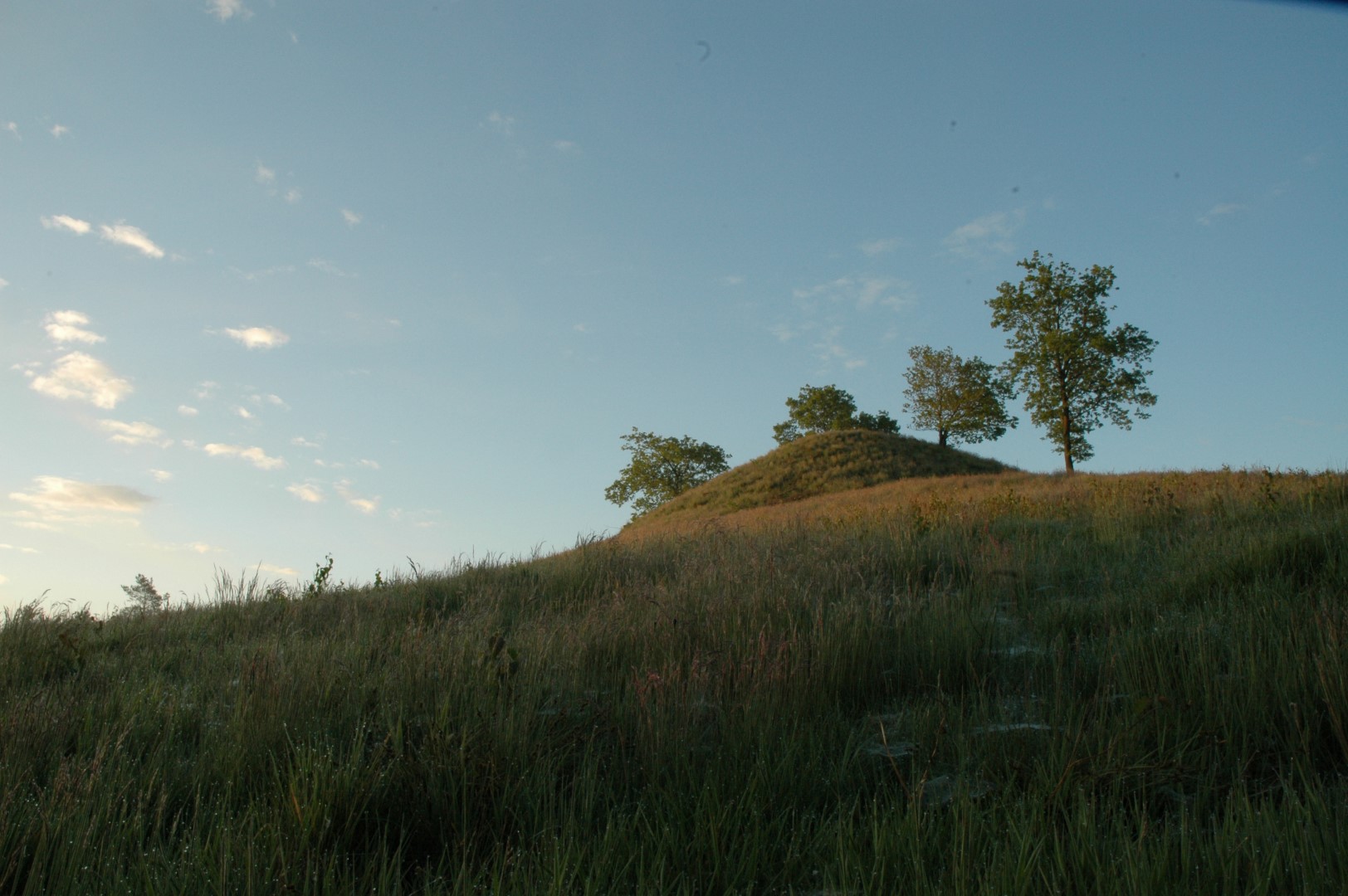
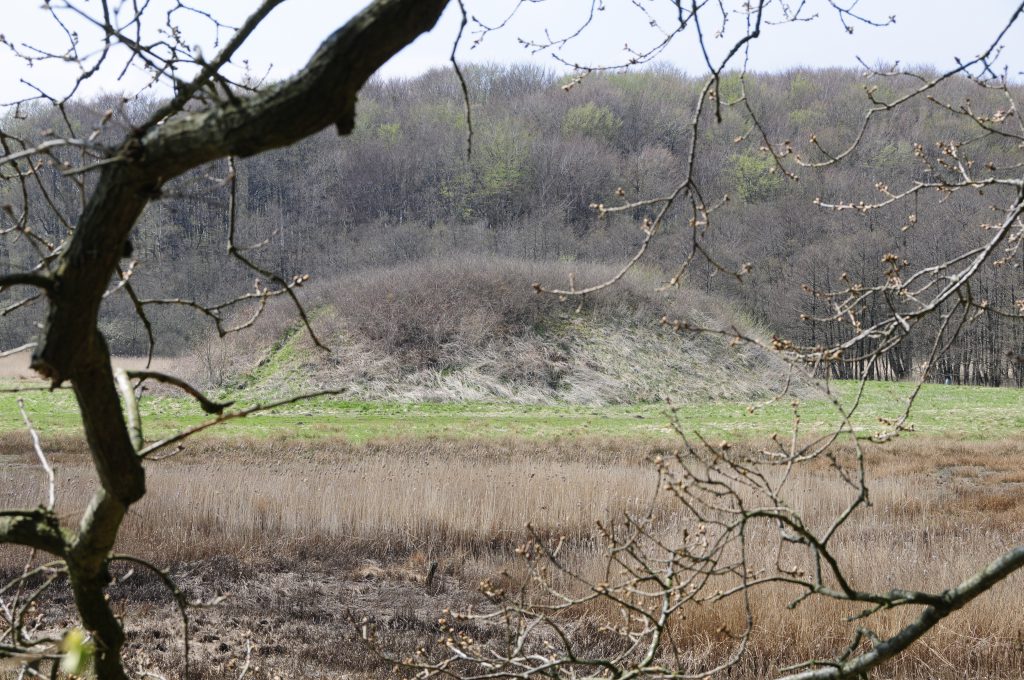
Newer Times
The Little Belt has been an important thoroughfare throughout the history of Denmark.
The fact that the Little Belt is a narrow funnel with access to and from the Baltic Sea, has through the ages given cause to demonstrations of power and control over the area.
Physical traces after war and power is visible in the Middle Age strongholds, renaissance fortress town of Fredericia, fortified positions/coastal batteries from the Dano-Swedish Wars during the 16th century, the English Wars of the 18th century, as well as the 1st and 2nd Schleswig Wars in the 18th century, and finally World War II.
The Little Belt can be described as a culturally historic road through history with its function as among other things, transport and trading route, as well as a nerve centre for the train ferry route between Fredericia and Strib, and thereby connection point in both peace time and during war.
Fishing
There has always been fishing in the Little Belt. Eel fishing in traps has been practiced since the Stone Age, but also fishing for herring, cod, and flat fish, have played a role.
Skærbæk is the only fishing camp we have. It developed in the 17th century, and as the only place in the Little Belt, it still has native fishing boats.
Snoghøj was inhabited by fishermen, and on Strib, which was founded in 1650, the inhabitants were fishermen until the construction of the railroad in 1866. Manors such as Hindsgavl and Wedellsborg had their own fishing. Additionally, there was fishing all along the coast.

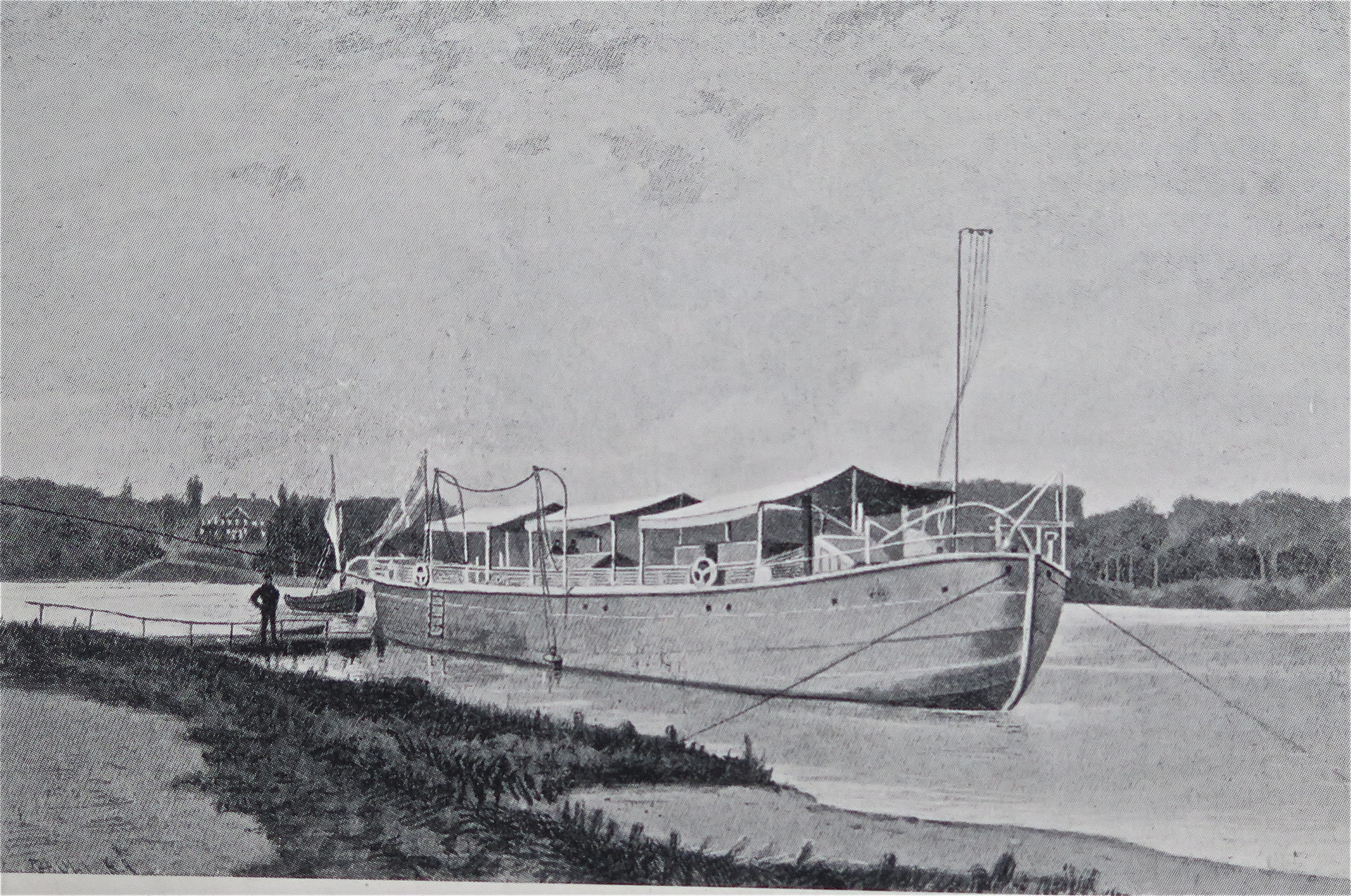
The Marine Cultural Heritage
Naturpark Lillebælt encompasses the northern, narrow part of the Little Belt and focuses on its marine cultural heritage.
Yet, the Little Belt has historically been an important sea, where one had to pay current toll, just as in the Sound. Numerous times throughout history, the Little Belt also safeguarded the rest of Denmark against the enemy in an occupied Jutland.
Until 1864, Kolding Fjord functioned as the border between South Jutland and North Jutland with a border station in Kolding.
Ferry Service
There has been a ferry crossing between Snoghøj and Middelfart since bygone times.
When Fredericia was founded in 1650, there also came the Fredericia-Strib ferry service, which remained less important, until the introduction of the railroad (1866) and the train ferry (1872).
After the opening of the Little Belt Bridge in 1935, there was only a smaller passenger ferry between Strib and Fredericia, which closed in 1972 with the opening of the new Little Belt Bridge.
In the 18th century and the beginning of the 19th century, came the steamship crossing between the many seaside hotels (Strib, Middelfart, Snoghøj, Fænø, and Løveodde, just to name the most well-known).
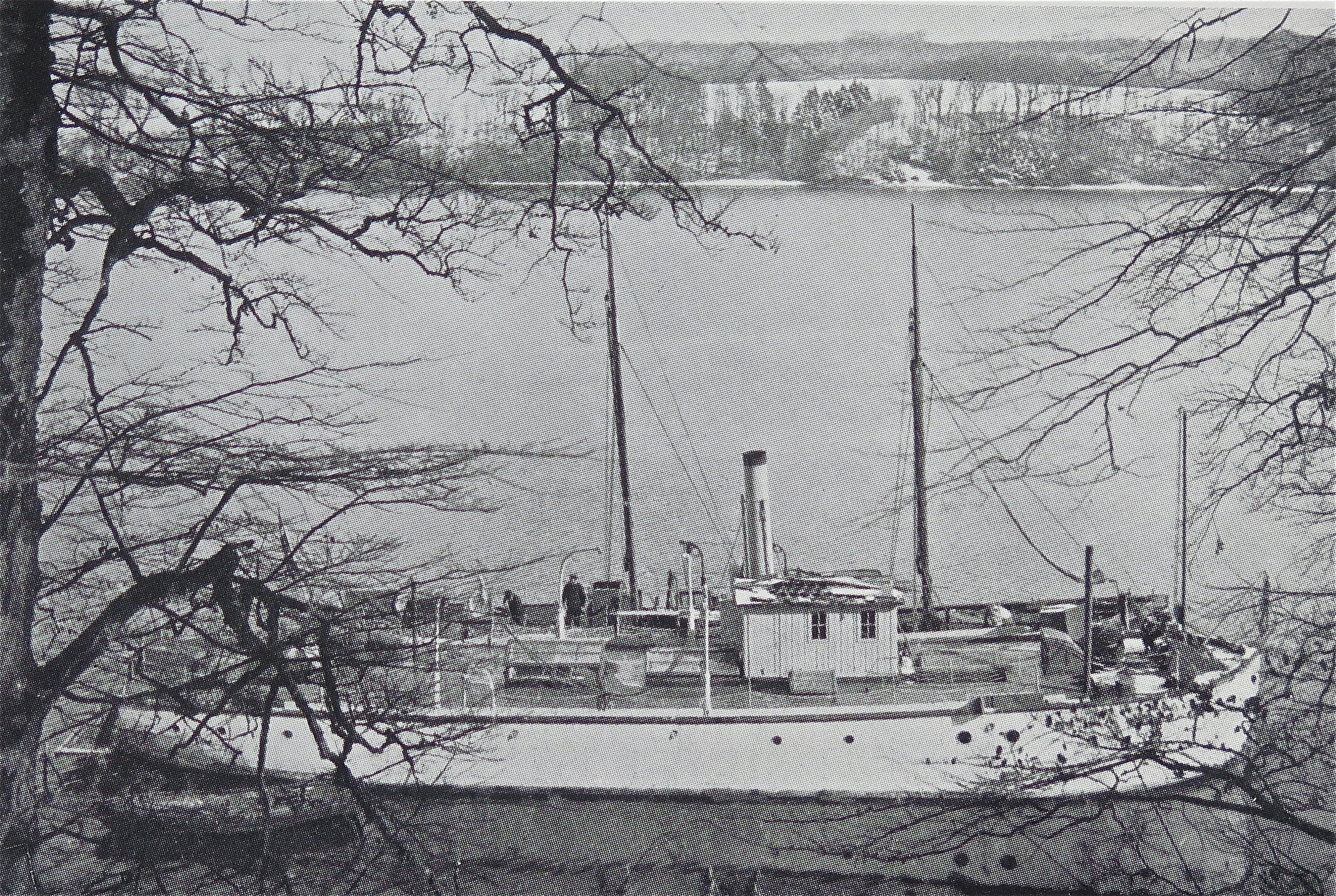
Sailing
Actual harbours came to Fredericia in 1811, Middelfart in 1836, and Kolding in 1843. In the 18th century, came more steamship routes (among others, Kolding-Middelfart-Fredericia-Copenhagen).
Ships from cities like Flensburg, Kiel, and Lübeck, sailed through the Little Belt. There were once lighthouses on Trelde Næs, Strib, and the southern tip of Fænø.
Castles
Wedellsborg Castle is from the Middle Ages and remains standing today.
There were many Middle Age castles around the Little Belt, which are now relegated to hillforts. On the Funen side, these include among others, Gamborg, Hindsgavl Gl. Slot, and Strib Gl. Slot. On the Jutland side, there are Høneborg, Koldinghus, and numerous places on the southern Stenderup peninsula.
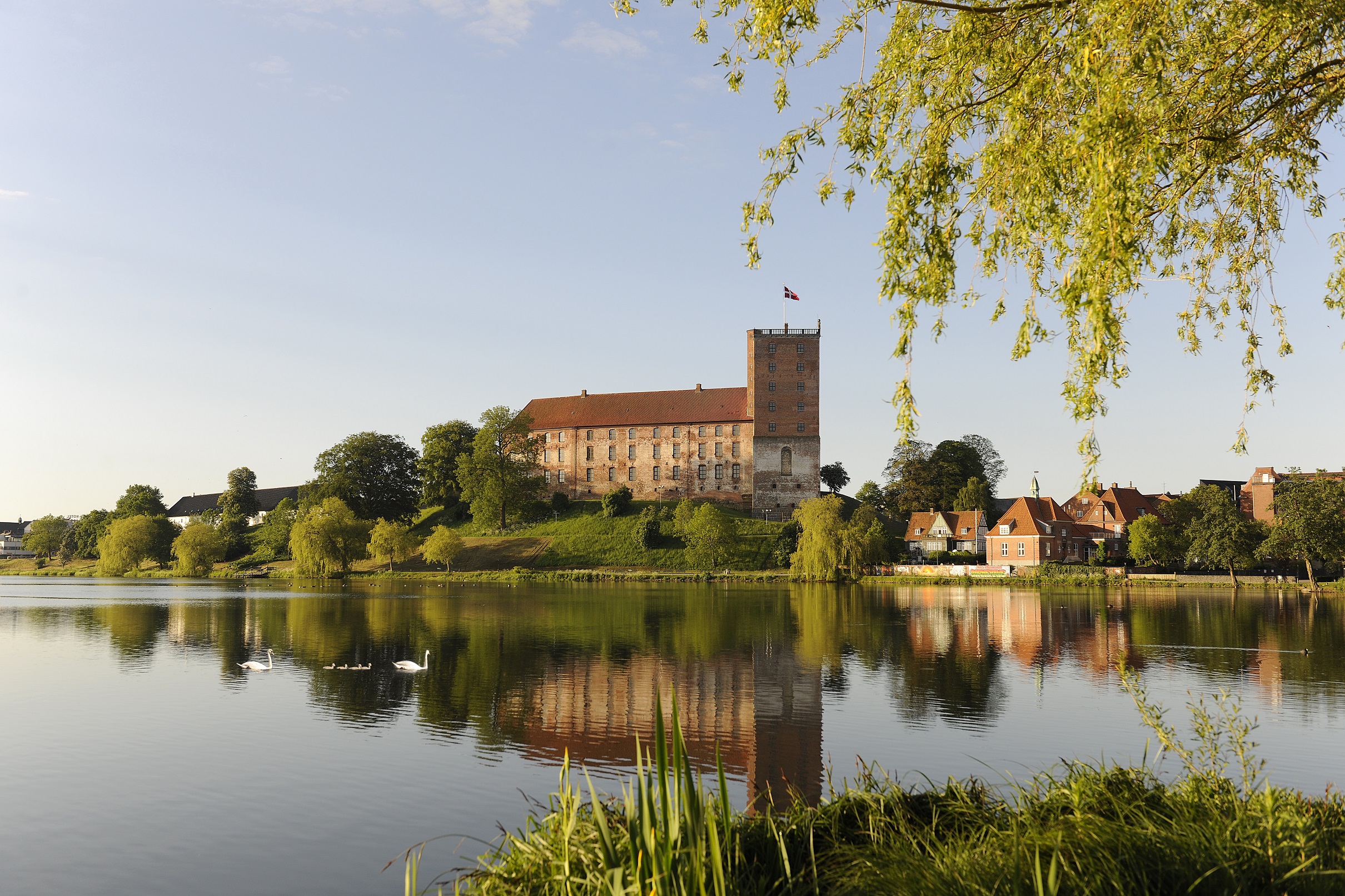
Porpoise Hunting
The hunt for porpoises took place in Gamborg Fjord by Svinø.
The primary use for porpoise tran oil, boiled off the blubber, was as lamp oil, while also being used for oilskins, and waterproof ropes, etc.
Middelfart’s porpoise hunters, consisted of 30 men, as organised by a royal privilege, from approximately 1593 and through to 1898. The peasants of Gamborg also had the right to catch porpoises on Saturdays from 1574 until 1833. The Skærbæk fishermen also caught porpoises.
The porpoise hunt is reminiscent of the pilot whale hunt, as we know it today from the Faeroe Islands, where one drives the animals towards shallow water. Here, the fishermen caught them in nets and stabbed them to death. From the boats, the fishermen jabbed sticks in the water to frighten the animals in the right direction. The porpoises were brought to Sildemarken at Gl. Havn, where they boiled the tran oil.
From 1822, they were brought to Teglgården instead, and in 1827, they finally opened a tran oil boiler plant, which they colloquially called Middelfart Gasværk (Middelfart Gas Plant) due to the smell. Tran oil was delivered all the way over to Odense for use in street lamps.
As new lighting sources were created, the need for train oil disappeared towards the end of the 18th century and along with it, so did the porpoise hunt.
Today, porpoises are preserved and have been since 1967.

